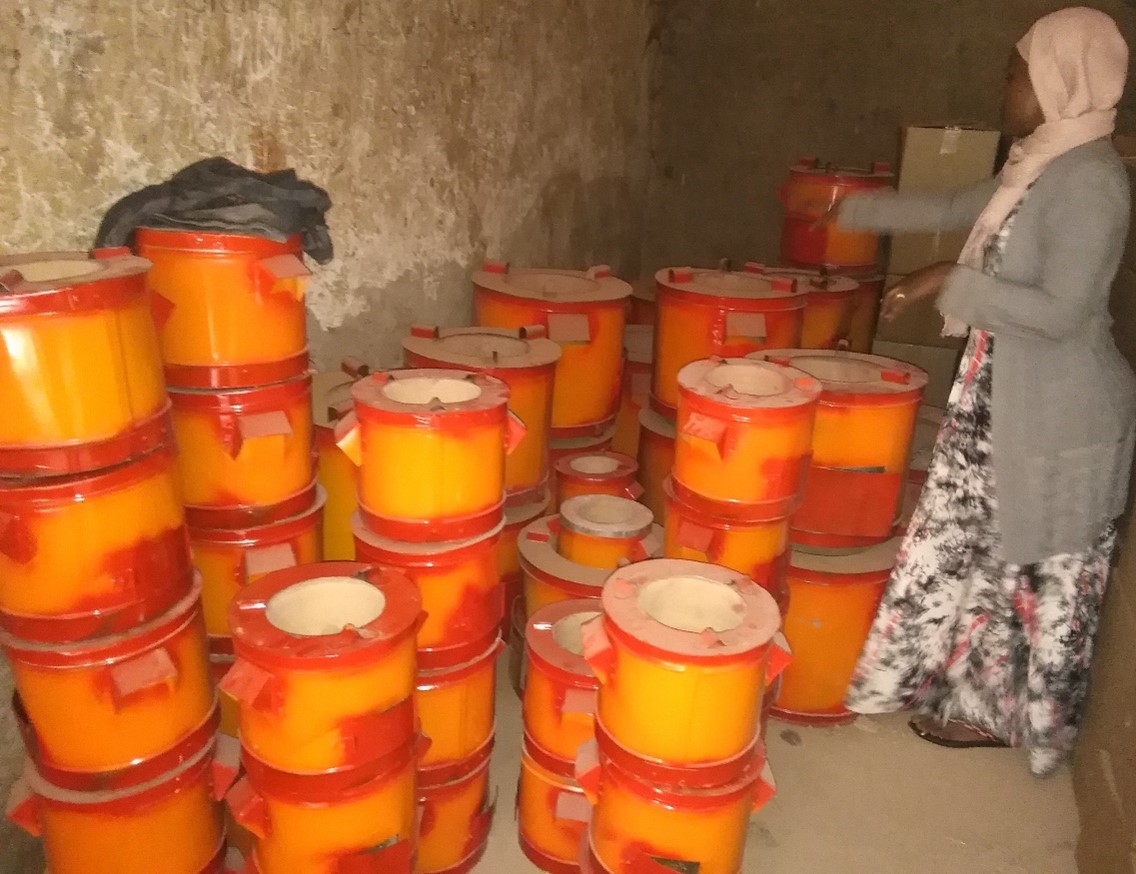Farmers’ vulnerability to climate shocks is affected by their exposure, sensitivity, and adaptive capacity. One must parse these components before designing policies for climate resilience, says Boris Odilon Kounagbè Lokonon. Agro-ecological factors are especially important, as their variation means that households with low adaptive capacity do not necessarily have high exposure or sensitivity to climate shocks.
Climate change and variability form a serious global environmental issue encompassing extreme events such as floods, droughts, strong winds, heat waves, earthquakes, and hurricanes. However, it is not easy to attribute any certain extreme weather event or climate shock to a change in the overall climate because a wide range of these events is expected in most places even in the absence of climate change.
Considering that the Intergovernmental Panel on Climate Change dubbed sub-Saharan Africa the region most vulnerable to climate shocks in its last Assessment Report, I investigate this vulnerability for farmers in Benin’s Niger Basin, which covers nearly 38% of the country. Farm households there have faced many climate shocks in the last 20 years. The major climate shocks that farmers face, ordered by descending frequency of household impact, are strong winds, erratic rainfall (less predictable rainy seasons), heavy rainfall, heat waves, floods, and drought.
Agriculture in Benin’s Niger Basin
Unlike in developed countries, agriculture in most African countries is mainly rain fed and highly sensitive to climate conditions. Agriculture is the main production activity of households in the Niger Basin, where they produce both for home consumption and for selling at market. The production takes place during the rainy season between May and November.

Farmers rely on traditional agricultural systems with reliance on labour, chiefly from within the family, and limited use of improved inputs, production methods, and farm equipment. Animal power is used widely for farming tasks in the eastern part of the basin due to cattle rearing. Cattle are also kept as insurance against unexpected needs or catastrophe. Since not all farm households own cattle or a plough, some households borrow them from their neighbours for land preparation. Pesticides are used more frequently than fertilisers. Pesticide use is explained by cotton production — the region’s main source of cash income. Irrigation is widespread only in the Malanville commune, located near the Niger River, due to rice production. It is hard for farmers to gain access to credit outside of the cotton system.
Measuring vulnerability: exposure, sensitivity, and adaptive capacity
It is useful to measure vulnerability to climate shocks in terms of a household’s chances of being adversely affected, which are a function of exposure, sensitivity, and adaptive capacity. In this context, exposure to climate shocks refers to the location of farms in poorly protected places, whereas sensitivity is the degree to which a farm’s livelihood is affected by climate shocks. Adaptive capacity is the ability of farm-based livelihood systems to adjust to climate shocks by responding to consequences and taking advantage of opportunities. Adaptive capacity is composed of five kinds of capital: human, natural, financial, social, and (grouped together) physical, institutional, and technological capital. Social capital is key to building the resilience of farm-based livelihood systems; households rely on it when they lack the other kinds of capital.
Use intuition cautiously in vulnerability assessment
Over half of farm households (57%) are vulnerable to climate shocks. Among these, 55% (or 38% of the full sample) are critically vulnerable. The analysis includes four agro-ecological zones (AEZs), each with varying levels of exposure, sensitivity, and adaptive capacity. The central finding is that the highest vulnerability to climate shocks does not necessarily coincide with the highest exposure, highest sensitivity, or lowest adaptive capacity. For example, the households in the most vulnerable AEZ are not the most sensitive or exposed to climate shocks, but they do have the lowest adaptive capacity. An interesting result is that flooding is the only shock that reduced vulnerability, a trend demonstrated across all AEZs.
A farm household’s vulnerability to climate shocks depends on the type of farm-based livelihood system, so the same climate shock affects different farm households differently. Areas with more access to irrigation are less dependent on rain-fed agriculture and are consequently less vulnerable to changing precipitation patterns. Additionally, farm households headed by women are less vulnerable than those headed by men because the former diversify into other production activities less affected by climate.
Farm-based livelihood systems in the region will face difficult climate conditions in the coming decades, so their vulnerability to climate shocks will increase in the absence of adaptation. As farm households are largely subsistence farmers, their vulnerability to climate shocks could translate into food insecurity. More broadly, agriculture is the mainstay of Benin’s economy, making up 35% of gross domestic product and employing 70% of the working-age population. The direct climate vulnerability of farmers and their macroeconomic environment are unfortunately correlated in producing negative welfare effects during climate shocks.
Policy implications: context matters
In sum, a farm-based livelihood system that is resilient to climate vulnerability must address exposure, sensitivity, and adaptive capacity to climate shocks. Adaptive capacity can be strengthened through various avenues such as financial, human, social, and physical capital. Emphasis should be placed on strengthening educational services that increase farm efficiency and standards of living while decreasing climate vulnerability. Weather forecasts and early warning systems can be useful in reducing exposure and sensitivity.
Farm households that are highly exposed and sensitive to climate shocks do not necessarily have the lowest adaptive capacity, and consequently may not be the most vulnerable. Simply protecting the most exposed or sensitive communities is insufficient, as these are not always the ones least adaptable to shocks. It is possible that the exposed and sensitive areas may have already invested in adaptive capacity. Policies for building resilience to climate shocks should therefore be tailored to the characteristics of each AEZ.
This article was first published on The IGC blog.
Boris Odilon Kounagbè Lokonon obtained his PhD from the Faculty of Economic Sciences and Management at the University of Parakou in Benin in 2015. He’s researcher and lecturer at the University of Parakou.
The views expressed in this post are those of the author and in no way reflect those of the Africa at LSE blog or the London School of Economics and Political Science.





